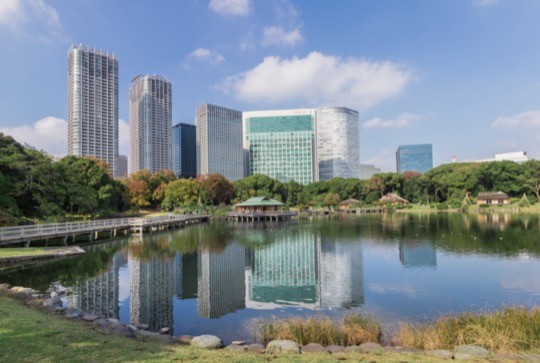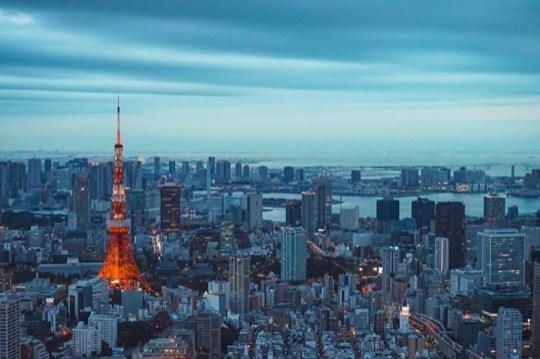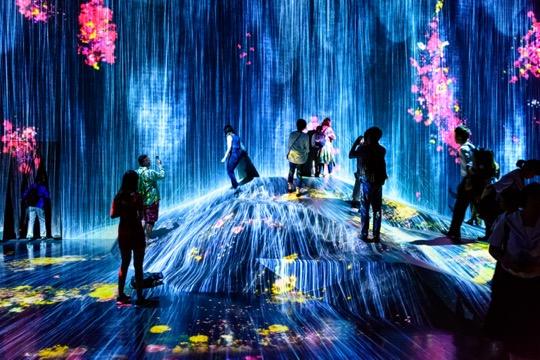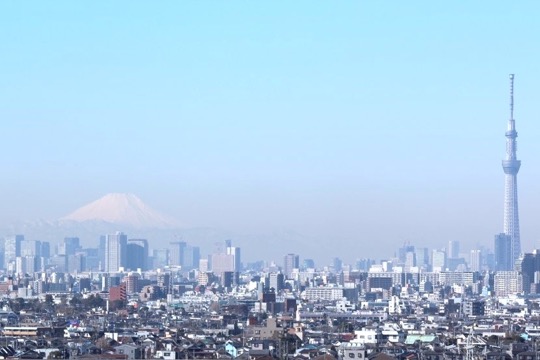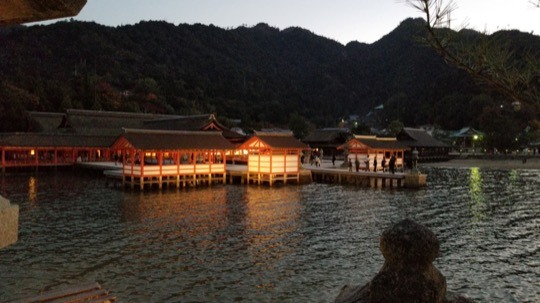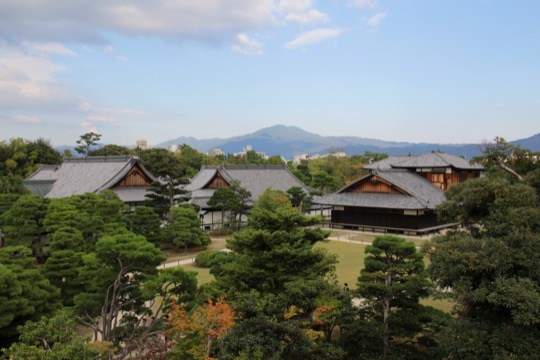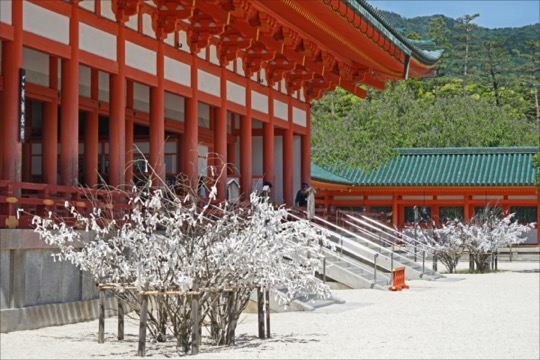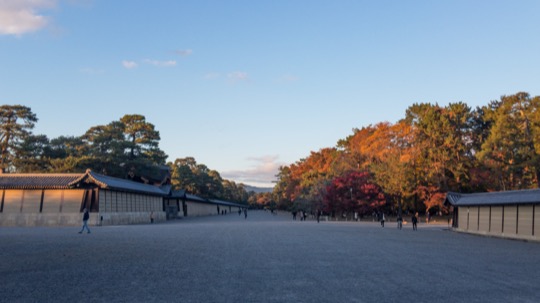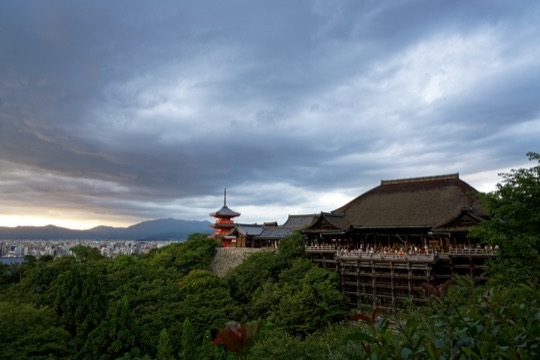Zojoji Temple
Resting place of Tokugawa shoguns, a cornerstone of Jodo Buddhism since 1393

On This Page
Zojoji Temple is an important Buddhist site in Tokyo, offering insights into Japan’s religious and political history. Founded in 1393, the temple has strong ties to the Tokugawa shoguns, with six of them interred here. It invites visitors to explore the legacy of the Jodo sect and its historical structures, such as the notable Sangedatsumon gate.
Established in the Musashi Province by the disciple of Kukai, Soei, Zojoji was later solidified in its religious role by Jodo sect’s eighth leader, Yuyo Shoso, in 1393. Its historic connections with the Tokugawa clan were fortified when Tokugawa Ieyasu made Edo his seat of power, choosing Zojoji as the clan’s family temple. The temple was later relocated to its current site in Shibakoen during the early 17th century to accommodate Edo Castle’s expansion.
Beyond its spiritual duties, Zojoji was an academic center with its Danrin, a prominent institution among the “Kanto 18 Danrin.” Several significant events occurred here, including an incident in 1701 that led to the legendary Akō incident, inspiring the Chushingura story also known as the 47 Ronin.
Following the Meiji Restoration, Zojoji became a training center for both Shinto and Buddhist clergy. World War II brought considerable destruction to the temple, with the loss of many structures. The temple contributed to Tokyo Tower’s construction, and its main gate, Sangedatsumon, dating to 1622, survived as an Important Cultural Property, symbolizing liberation from the three worldly desires. The main temple building was rebuilt in 1974, and the Daiden, or Great Hall, houses a triad of Buddhist figures, with Amida Buddha as the principal deity.
Zojoji’s Ankokuden contains a “Black Amida,” a sacred image honored by Ieyasu and shown to the public on specific dates. The temple’s cultural significance is reinforced by its remaining ancient documents, scrolls, and statues, some recognized as Important Cultural Properties.
Visitors can honor the Tokugawa Family Graves and visit the Treasure Gallery, which displays works by Buddhist scroll painter Kano Kazunobu and a model of the Taitoku-in Mausoleum. A garden nearby is dotted with jizo statues, embodying compassion for unborn children.
For a full experience, visitors should note the jizo statues, providing a powerful symbol of hope and mourning. The temple’s proximity to Shibakoen Park and Tokyo Tower adds additional layers to its historical narrative, blending the ancient with the modern.
Zojoji Temple stands as a reflection of Japan’s feudal era and its persisting spiritual practices, open to those who seek its solemn beauty and historical depth.
